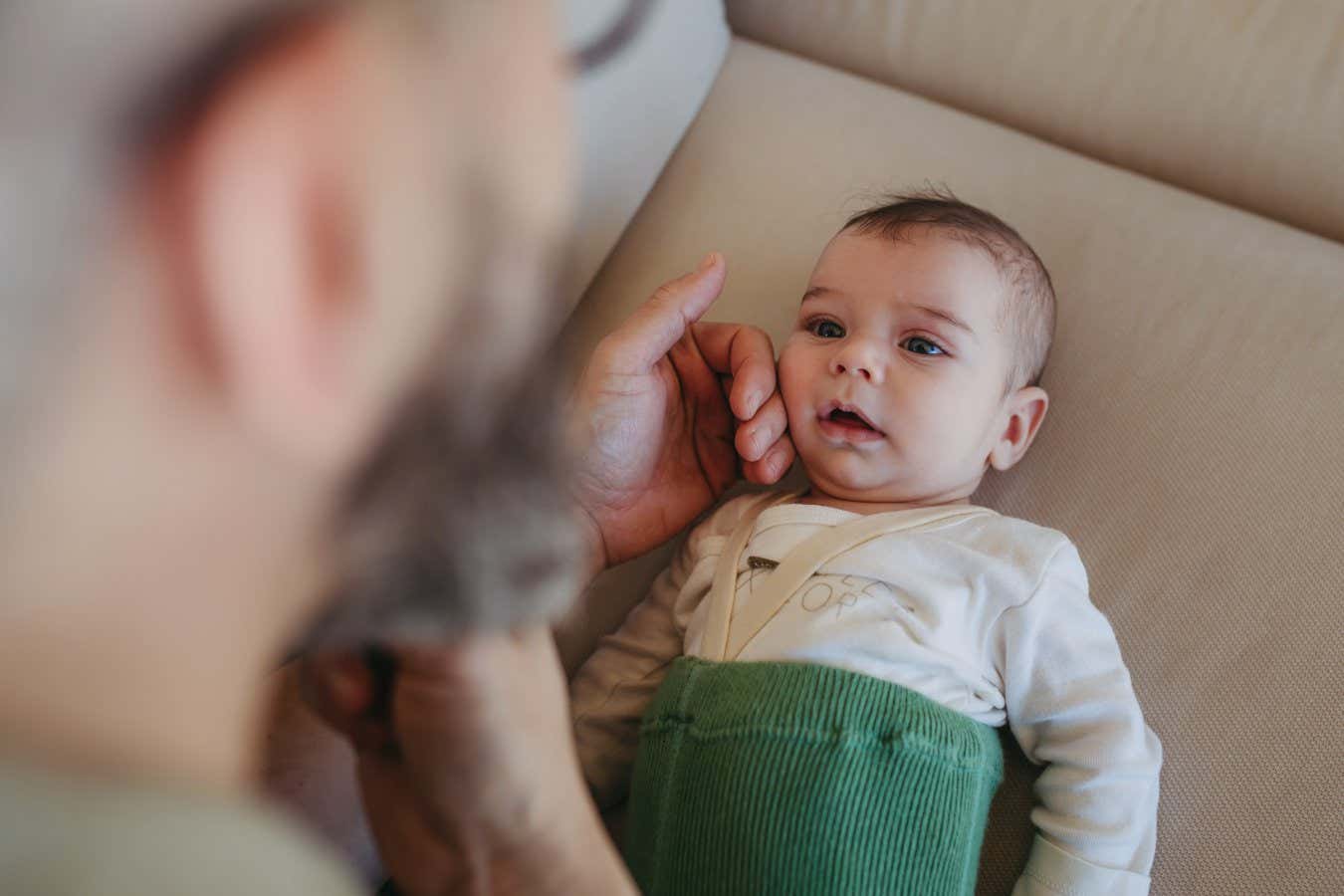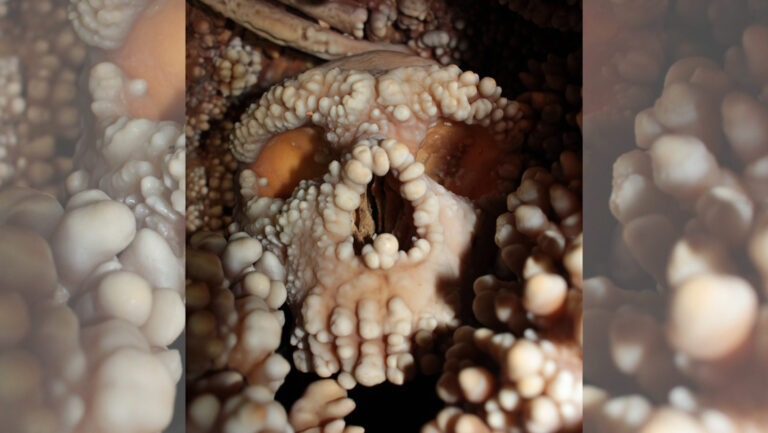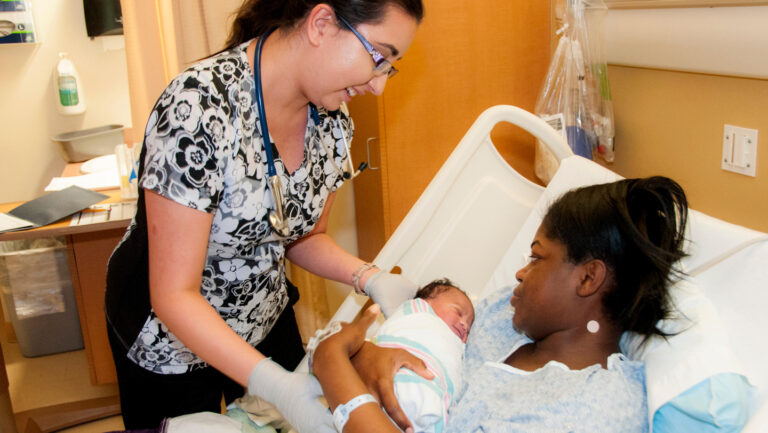

Evidence increasingly suggests that the age of both parents, not just the mother, influences the health of children
Halfpoint Images/Getty Images
The risk of older fathers passing on disease-causing mutations to their children is higher than we thought. Genome sequencing has revealed that among men in their early thirties, around 1 in 50 sperm have a disease-causing mutation – which rises to nearly 1 in 20 by the age of 70.
“The paper clearly shows that older fathers have a higher risk of passing on more pathogenic mutations,” says Raheleh Rahbari at the Wellcome Sanger Institute in the UK.
Would-be parents may want to take this into account, says team member Matthew Neville, also at the Sanger Institute. “It’s for families to consider when they’re making their own decisions.” For instance, younger men could consider freezing sperm if they think they are unlikely to have children until they are much older, while older men who are planning on starting a family could consider the various screening techniques available.
Recent studies have shown that each of us have around 70 new mutations that neither parent has in most of the cells of their body, with 80 per cent of these mutations arising in the testes of fathers (this isn’t counting large-scale chromosomal abnormalities, which are more common in the mother’s eggs). It was thought that the number of mutations in sperm rose steadily as men age, due to random mutations. But a few genetic conditions including achondroplasia, or dwarfism, are much more common than would be expected from random mutations.
In 2003, Anne Goriely at the University of Oxford realised this is probably a result of some of the stem cells that give rise to sperm turning selfish. This means that certain mutations can make these stem cells proliferate more than normal, so the proportion of sperm carrying these mutations rises exponentially as men age, rather than at a steady rate. Goriely went on to show that mutations in several different genes can turn sperm stem cells selfish, but she suspected there were more.
Now Rahbari, Neville and their colleagues have sequenced more than 100,000 sperm from 81 men of various ages, along with sequencing their blood cells. With standard sequencing methods the error rate is too high to reliably identify mutations in single DNA molecules, but the team used a new technique that involves sequencing both strands of the double helix – if a mutation is found on both strands, it is very unlikely to be an error.
This approach allowed them to identify a wide range of mutations in more than 40 genes that turn sperm stem cells selfish. “The size of the effect across the genome was much higher than any of us thought,” says Neville.
While these selfish mutations account for only a tiny proportion of all mutations, they have an outsize effect. That’s because most of our genomes are junk, meaning most random mutations have no effect.
By contrast, selfish mutations affect key genes and can thus have major effects. “For the most part, they’re fairly severe neurodevelopmental disorders,” says Neville. With at least two of the 40 genes, these conditions include autism, while some of the mutations greatly increase the risk of cancers.
It is a very interesting study, says Ruben Arslan at the University of Witten in Germany, who highlights the finding that these selfish mutations increase non-linearly. One way of looking at this, he says, is that one year of additional paternal age when you are young is less detrimental than one year when you are old.
Goriely says it is a good study that involved a lot of effort. “We have known for a long time that being an older parent is not a good idea,” she says. “The emphasis used to be really associated with the mother. Now we understand that both parents contribute to the health of their children.”
In the men’s blood samples, the overall burden of mutations was much higher in men who smoked, drank heavily or were obese. But mutations accumulated eight-fold more slowly in sperm, and there was no link with smoking, drinking or obesity. This suggests the body has a way of protecting the testes from environmental factors like these.
In a separate study by a team that included Rahbari and Neville, the new sequencing technique was applied to skin cells in the mouth, revealing a similar pattern of growth-boosting mutations increasing the proportion of some stem cell lineages.
“It looks like these patterns of selection are not something exclusive to sperm cells,” says Rahbari. While growth-boosting mutations are a step towards cells becoming cancerous, they can cause problems even if cells don’t become cancerous and might even contribute to the ageing process, she says.
Topics:



